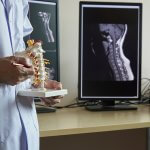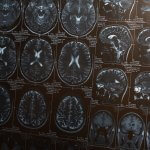For World Braille Day we will be raising awareness of blindness caused by Limbal Stem Cell Deficiency (LSCD) and how stem cells are being used to save sight.
The cornea is the window of the eye, covering the pupil, the lens and the iris. In order for vision to be clear and unclouded is it essential that the corneal tissue remains transparent [1]. The limbus is the area of the eye which forms a border between the cornea and the white of the eye (the sclera). When the limbus is unable to regenerate cells in the cornea and the border between the cornea and sclera breaks down Limbal stem cell deficiency occurs. LSCD can be a painful and a blinding condition [2]. Thankfully limbal stem cell deficiency is rare.
The more common causes of LSCD are chemical and thermal injuries, autoimmune conjunctivitis, genetic diseases, and post- surgical stem cell loss with mitomycin-C. However, the most common cause of LSCD may be the one that is the most unrecognized: contact lens-induced LSCD [3].
The symptoms of Limbal Stem Cell Deficiency are:
•Eye pain
•Blurred vision
•Eye irritation
•Contact lens intolerance
•Decreased vision [4]
If diagnosed early enough LSCD can be treated effectively and the symptoms may even be reversed. However if LSCD is not treated early enough then treatment may involve surgery. Thankfully a stem cell therapy has been approved for widespread medical use in the EU for the first time and this stem cell therapy will offer treatment for LSCD. The stem cell therapy (Holoclar) for LSCD is a major step forward in the treatment of Limbal Stem Cell Deficiency and is effective in approximately 80% of cases [5].
[1] http://www.stembook.org/node/588
[2] http://www.patientslikeme.com/conditions/2172-limbal-stem-cell-deficiency
[3] http://www.eyeworld.org/article-limbal-stem-cell-deficiency-associated-with-contact-lens-wear
[4] http://eyewiki.aao.org/Limbal_Stem_Cell_Deficiency#Risk_Factors








